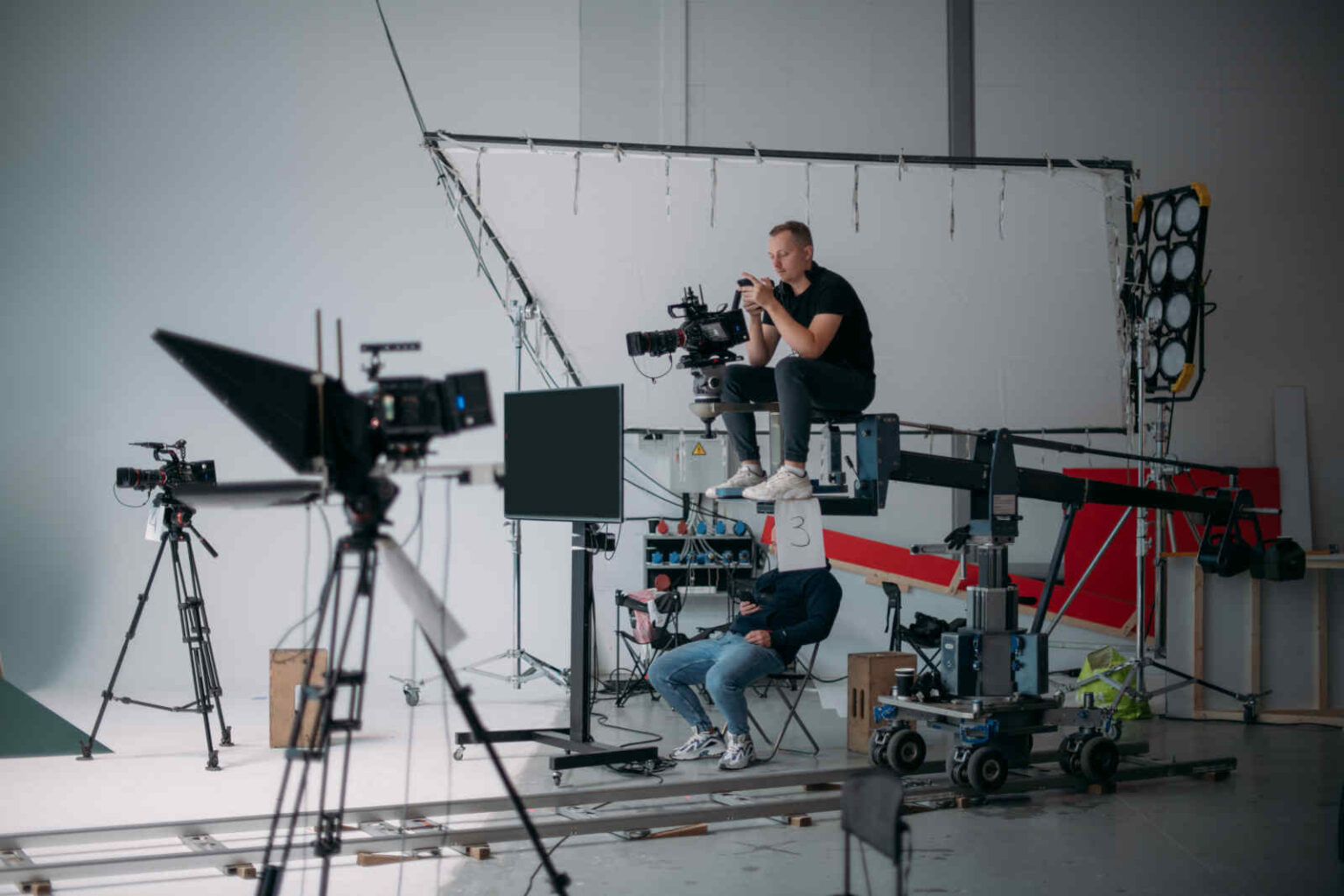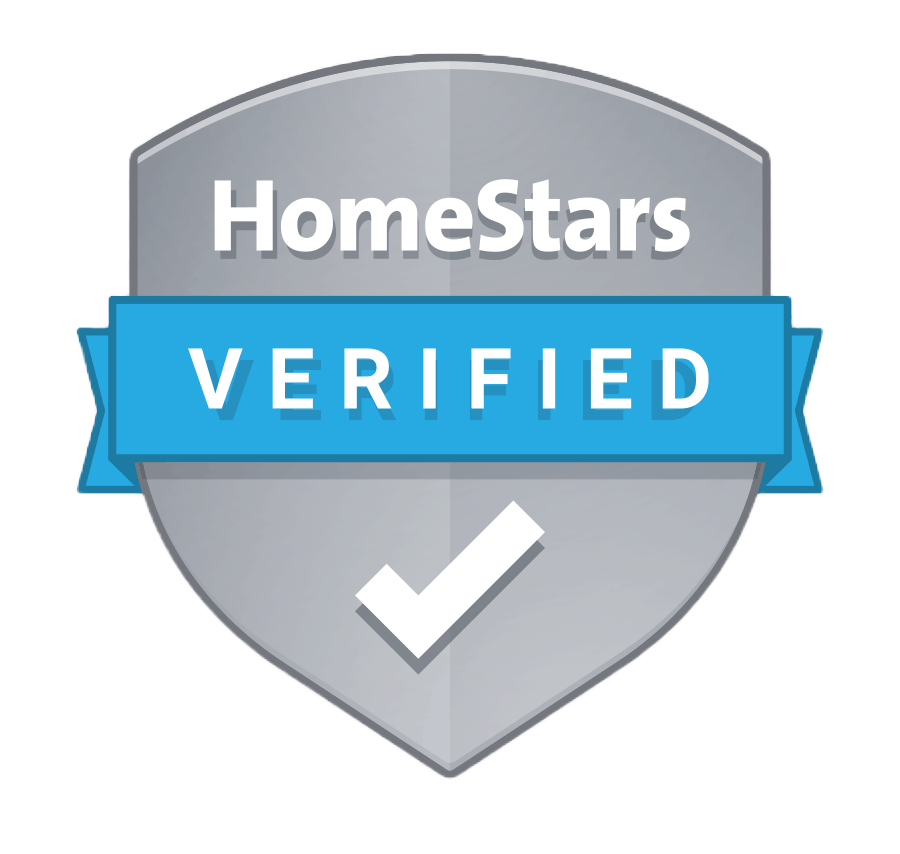
Need Off‑Grid Studio Space? How to Find and Manage Affordable Creative Pads
August 18, 2025
Nathan Levinson In the News, Royal York in The News
Whether you're filming a proof-of-concept short, recording an indie album, or cutting a reel for your next pitch, one thing always gets in the way: space.
Studios are expensive. Coworking spots get loud. And renting a full production house isn’t always realistic, especially when the project budget is ramen-tier.
That’s where creative live-work spaces come in.
With the right setup and a little planning, you can turn an apartment, garage, or unused rental into a reliable, affordable production space. You don’t need a Hollywood budget, just structure, intention, and smart management.
Let’s break down how to find, run, and maximize your own off-grid creative pad.
Scout Like a Producer
Finding the right space starts with knowing what you actually need.
-
Soundproof walls?
-
A big living room with natural light?
-
Close proximity to crew and cast?
Start with platforms you already know, Facebook Marketplace, Craigslist, and Kijiji in Canada. But dig deeper into artist housing boards, university film department classifieds, and Instagram stories from creatives in your city. Ask around. Half the battle is letting people know you’re looking.
And keep zoning in mind. Some areas support live-work units specifically built for artists, photographers, and musicians. These offer built-in flexibility, and they’re often managed by agencies used to unconventional tenants.
If you're in Ontario or looking internationally, companies like Royal York Property Management offer flexible lease terms for creative professionals and have a growing reputation for working with nontraditional renters.
Know What to Ask
Once you find a spot, treat it like a shoot location.
Ask the landlord or property manager:
-
Can I shoot video, record audio, or host small sessions here?
-
What are the noise restrictions and guest policies?
-
Is subletting allowed for future creative partnerships?
The answer to these questions helps determine whether you’ll thrive or run into issues halfway through production.
Also, check if the unit is managed by a company with an online portal. Royal York’s system lets tenants pay rent, schedule maintenance, and track communication all from one platform. For creators juggling gear rentals, client emails, and deadlines, skipping the back-and-forth with a landlord saves time and stress.
Manage It Like a Set
You’re a filmmaker, producer, or editor, which means you already know how to run a team. Treat your space the same way.
-
Set studio hours
-
Limit visitors
-
Post schedules and boundaries
-
Label equipment zones
-
Keep gear lists and incident logs
When you manage the space clearly, people respect it. That’s how you avoid awkward mix-ups or broken mics.
If you're splitting the rental with other creatives, build a system from the start: shared calendars, task rotation, and usage guidelines.
Bonus tip: keep track of expenses. Not only for taxes, but in case you want to rent the space out between projects.
Think Like a Manager
Nathan Levinson, founder of Royal York Property Management and entrepreneur, built a real estate model around making rentals function like businesses. The key? Systems.
His approach, centralize communication, create accountability, and keep everything digital, works just as well for managing a home studio as it does for managing thousands of properties.
Take a page from that playbook.
Start documenting repairs, upgrades, bookings, and gear usage. Set up automatic reminders for rent or cleaning. Keep track of who uses what and when.
When your space runs like a small production company, it’s easier to expand, or step back when needed.
Flip the Model
Here’s the part most creatives miss: your space can earn money too.
If you’re between projects, list the studio for day-use rentals, sound mixing, photography, writing retreats. Offer gear bundles or operator services. Build your own community of trusted collaborators who need the same thing you did.
Eventually, you might find yourself managing two or three spaces across neighborhoods, turning your knowledge of creative needs into recurring income.
That’s exactly how companies like Royal York scaled: not through property ownership, but through streamlined management and understanding what clients truly need.
Takeaways for Indie Creators
You don’t need a $10K/month loft to make brilliant work.
You need a space that works for you.
Start small. Get clear. Use systems. Partner with property managers who get it. Don’t wait for “someday” to create the setup that supports your process.
Managing creative spaces isn’t about the square footage. It’s about intention, clarity, and vision, the same principles that drive great art.
So the next time you feel stuck on space, remember: the right pad isn’t just where you live. It’s where your best work begins.
Originally published in Film Daily


